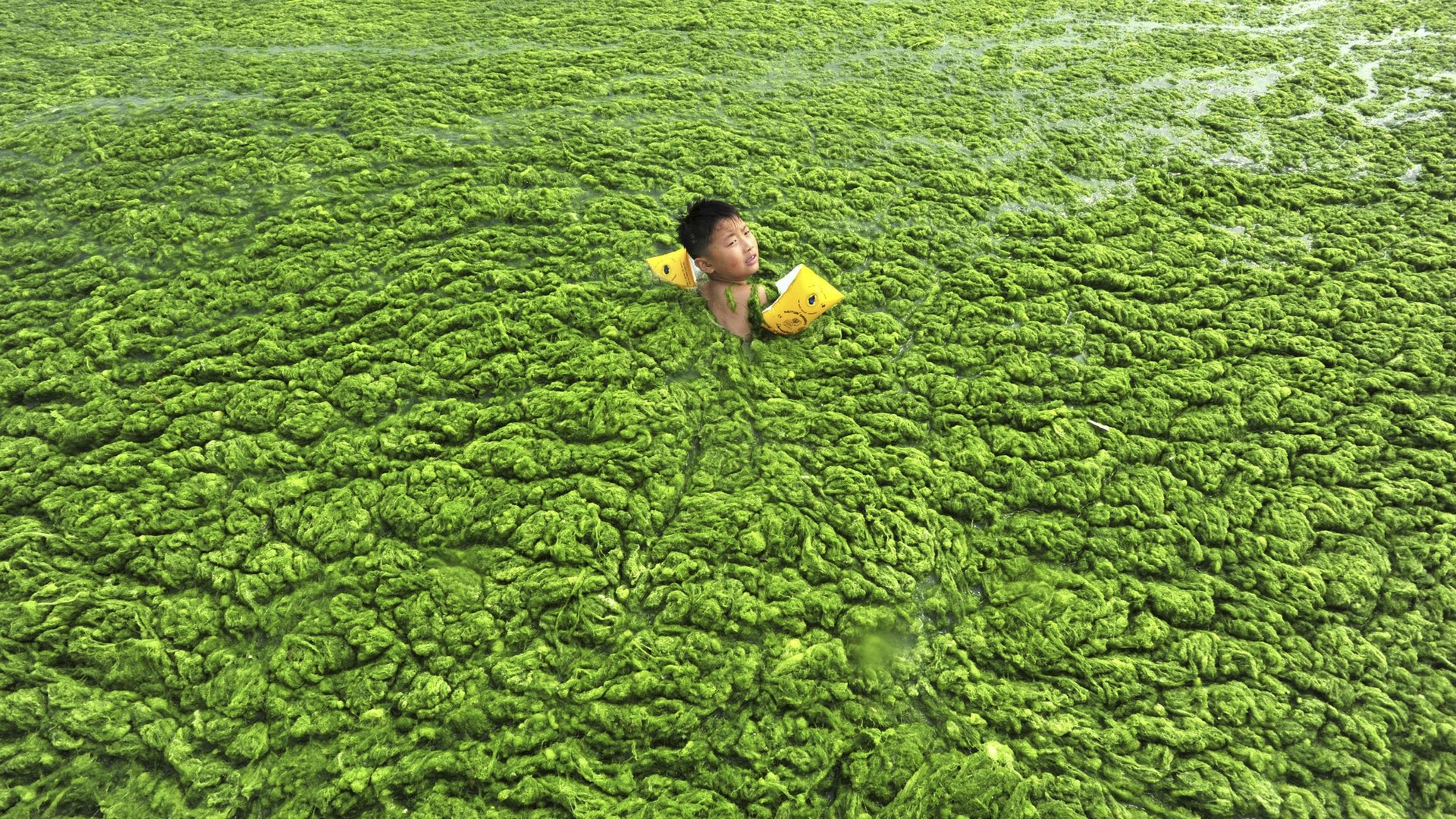Scientists are scouring the globe for mystery bacteria to help reduce our dependence on fertilizer
Researchers from Michigan State University and Imperial College London have just received $1.87 million in funding to conduct a treasure hunt. It will take them from Germany to Hawaii in the US and elsewhere, in search of the smallest needle—a particular type of bacteria—in a haystack the size of the globe. If it pays off, it could contribute to lowering the world’s reliance on toxic—and expensive—fertilizer, replacing it with bacteria.


Researchers from Michigan State University and Imperial College London have just received $1.87 million in funding to conduct a treasure hunt. It will take them from Germany to Hawaii in the US and elsewhere, in search of the smallest needle—a particular type of bacteria—in a haystack the size of the globe. If it pays off, it could contribute to lowering the world’s reliance on toxic—and expensive—fertilizer, replacing it with bacteria.
Making fertilizer is dangerous as April’s explosion at a factory in West, Texas demonstrated. And its use is catastrophic for the environment for reasons ranging from increased methane emissions to run-off contaminating water supplies. The bacteria project is one of three being funded by the US National Science Foundation and Britain’s Biotechnology and Biological Sciences Research Council. With a total of $8.86 million of funding, the groups are hoping the three projects will boost crop yields while reducing the need for fertilizers. At the root of all three projects is the process of “fixing” nitrogen, or converting it to ammonia, a compound that helps plants grow. There is plenty of nitrogen in the atmosphere but it doesn’t convert into ammonia in an oxygen-rich environment like ours.
The bacteria project stems from work launched in 1997, when scientists discovered Streptomyces thermoautotrophicus in a charcoal pit in Germany. A bacterium that grows in toxic environments at around 65 degrees Celsius, it has since been considered lost. Yet it is apparently worth spending nearly $2 million looking for it—or something similar—because one of its qualities is that it allows nitrogen to be fixed even in the presence of oxygen. That could drastically reduce our dependence on fertilizer, which is projected to hit (pdf) 190 million metric tonnes by 2015, up from 175 million in 2011. Demand from Africa and Asia is growing fastest. The joint Anglo-US project will try to find the same or a similar bacterium with the ultimate goal of breaking it down to use its oxygen-tolerant qualities in plants. (Thanks to Christoph Möller for inspiring this piece.)